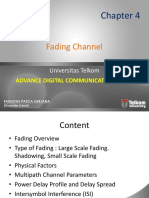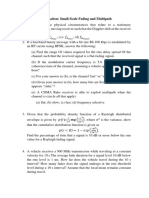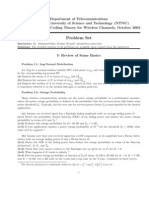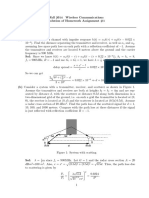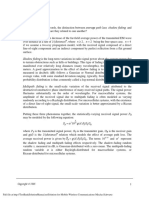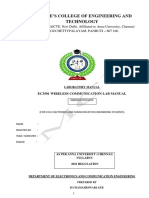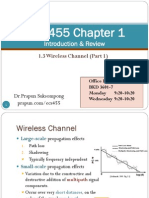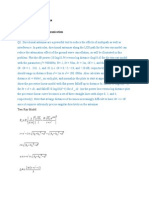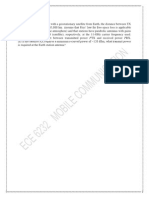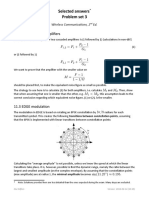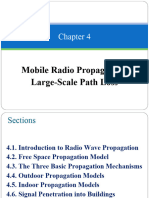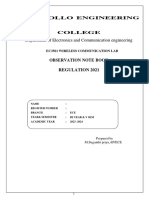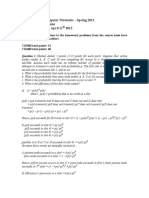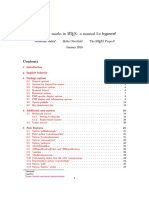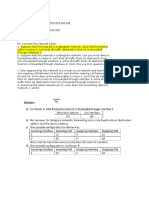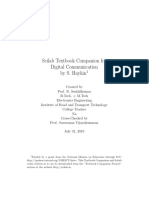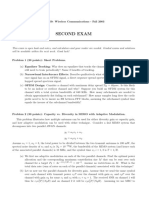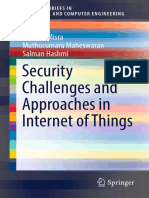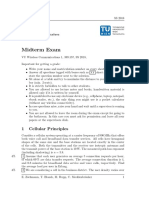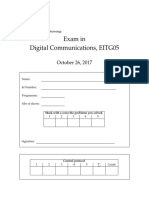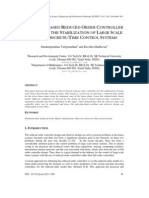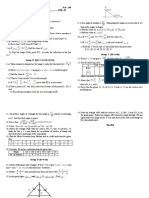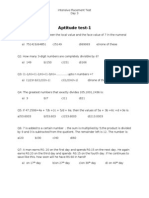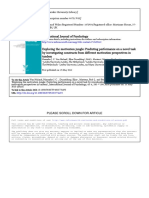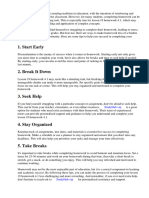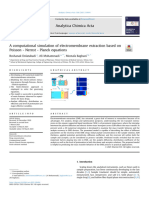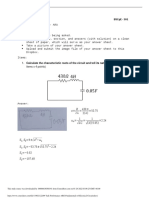0% found this document useful (0 votes)
90 views6 pagesWireless Fading and Coverage Analysis
The document contains exercises related to wireless communication topics like fading, link budgets, and CDMA signals.
Exercise 5.10 provides a link budget calculation for a wireless link with given parameters including distance, frequencies, antenna heights and gains, receiver sensitivity, and fading margins. It is determined that a transmit power of 32.6 dBm is required to meet the fading margins for both small-scale and large-scale fading.
Exercise 6.7 discusses the difference between narrowband and wideband channels for CDMA signals. It is determined that for a given system with a maximum excess delay of 1.3 microseconds and a chip duration of 0.26 microseconds, the channel would be considered wideband since the multip
Uploaded by
Abdelhakim KhlifiCopyright
© © All Rights Reserved
We take content rights seriously. If you suspect this is your content, claim it here.
Available Formats
Download as PDF, TXT or read online on Scribd
0% found this document useful (0 votes)
90 views6 pagesWireless Fading and Coverage Analysis
The document contains exercises related to wireless communication topics like fading, link budgets, and CDMA signals.
Exercise 5.10 provides a link budget calculation for a wireless link with given parameters including distance, frequencies, antenna heights and gains, receiver sensitivity, and fading margins. It is determined that a transmit power of 32.6 dBm is required to meet the fading margins for both small-scale and large-scale fading.
Exercise 6.7 discusses the difference between narrowband and wideband channels for CDMA signals. It is determined that for a given system with a maximum excess delay of 1.3 microseconds and a chip duration of 0.26 microseconds, the channel would be considered wideband since the multip
Uploaded by
Abdelhakim KhlifiCopyright
© © All Rights Reserved
We take content rights seriously. If you suspect this is your content, claim it here.
Available Formats
Download as PDF, TXT or read online on Scribd
/ 6

